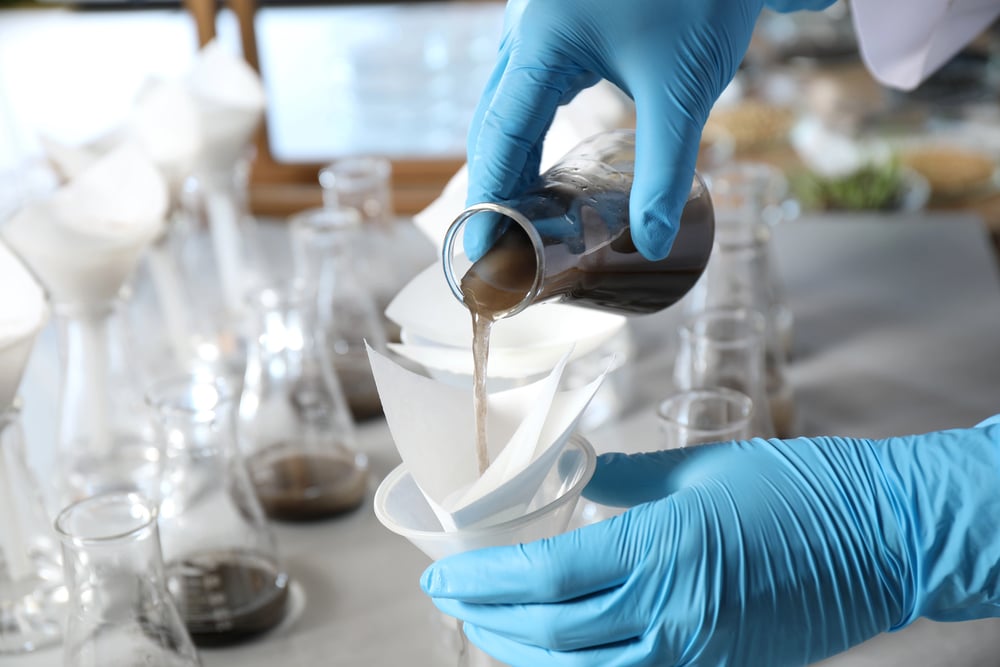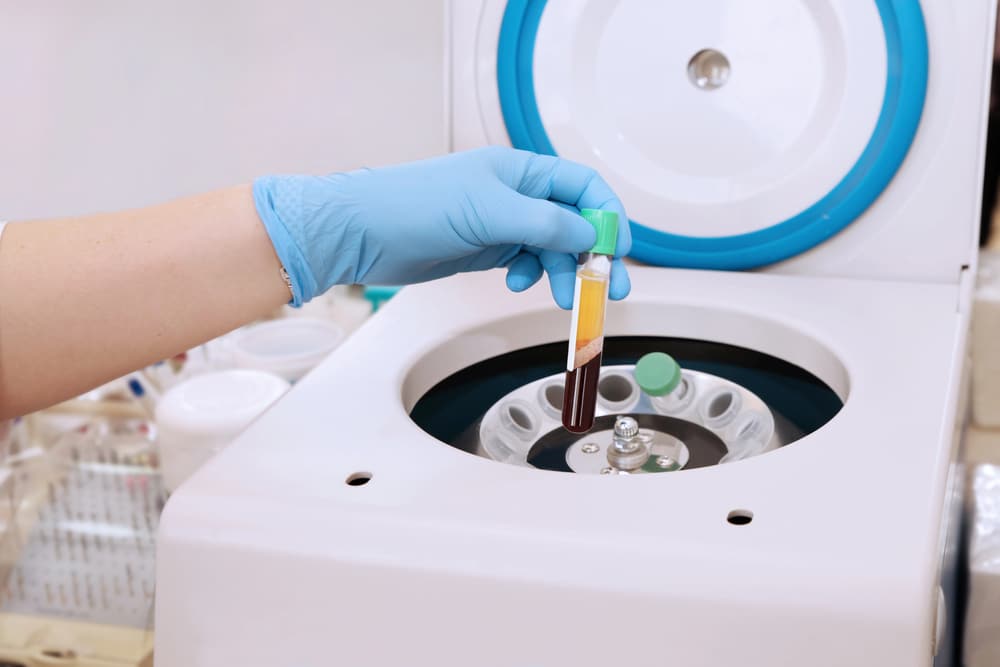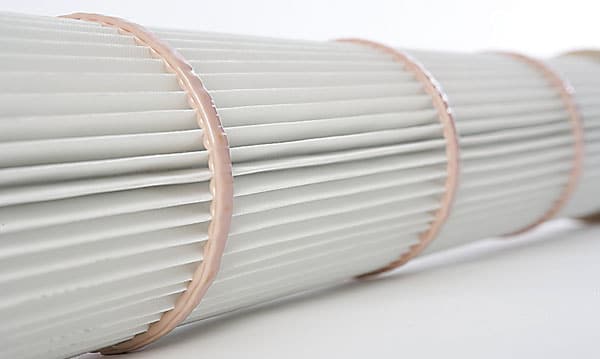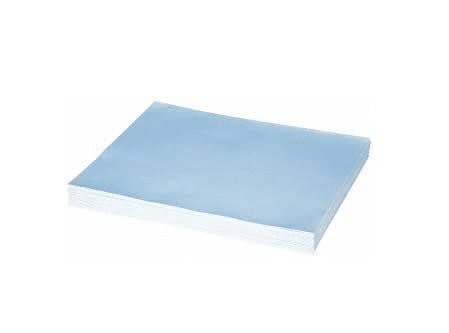Chemical Industry Solutions
Great Lakes Filters: Filtration Excellence for Chemical Processes
Great Lakes Filters, a division of Acme Mills, is a leader in technical fabrics and filtration solutions essential for chemical industry operations. Our filtration products ensure optimal performance in fluid handling, air purification, and process efficiency.

Our Solutions Include:
Acme Mills offers a comprehensive range of filtration solutions designed to improve the performance, durability, and efficiency of thermoforming applications. Our specialized solutions include:

Process Filtration
Precision-engineered filter media for maintaining product purity and preventing contamination.

Custom Filtration Solutions
Tailored filtration products designed for chemical-specific challenges, ensuring maximum reliability and longevity.
Why Choose Great Lakes Filters?

Applications for the Chemical Industry
High-Performance Solutions for the Chemical Industry
Great Lakes Filters is your trusted partner in chemical industry innovation, delivering high-performance materials and filtration solutions to meet the evolving demands of your operations.
Needs Assessment & Solution Summary
Project Specifications

Specifications
Uses & Applications
These absorbent pads are designed to be included in biopsy kits for medical and research laboratories. During tissue examination, technicians place samples preserved in formaldehyde solution on the pads. The pads actively absorb and neutralize harmful fumes, ensuring the lab environment remains safe and compliant with health and safety standards.
Potential Industries

Healthcare
Hospitals and diagnostic labs handling tissue preservation or autopsy procedures.

Veterinary Medicine
Laboratories and clinics processing tissue samples from animals.

Education and Research
University labs and academic research facilities working with preserved specimens.

Industrial Manufacturing
Facilities handling formaldehyde or similar volatile organic compounds (VOCs) in their processes.

Chemical Processing
Environments where formaldehyde or related substances are used in production or analysis.
Capacity
Great Lakes Filters’ advanced converting facility ensures the production and packaging of absorbent pads at scale, meeting the global demand of the client’s biopsy kits. The facility’s flexibility allows for customized sizes and packaging options to meet specific distribution requirements.
Manufacturing Details
Material Composition
The absorbent pads consist of a three-layer composite material:
Substrate Layer: Provides structural integrity and support for tissue samples.
Neutralizing Media: Contains a super-absorbent material chemically formulated to neutralize formaldehyde vapors.
Vapor-Locking Film: Seals in harmful fumes, preventing their escape into the lab environment.
Cutting and Converting
Pads are precision-cut to meet specific dimensional requirements.
Advanced converting equipment ensures accuracy and efficiency at scale.
Packaging
Pads are packaged in sterile, pharmaceutical-grade materials to ensure compliance with industry standards. Custom packaging configurations are implemented to optimize global distribution.
Quality Control
Great Lakes Filters adhered to stringent quality assurance protocols to meet the client’s rigorous pharmaceutical standards:
Value Delivered
The client gained significant value from Great Lakes Filters’ solution: